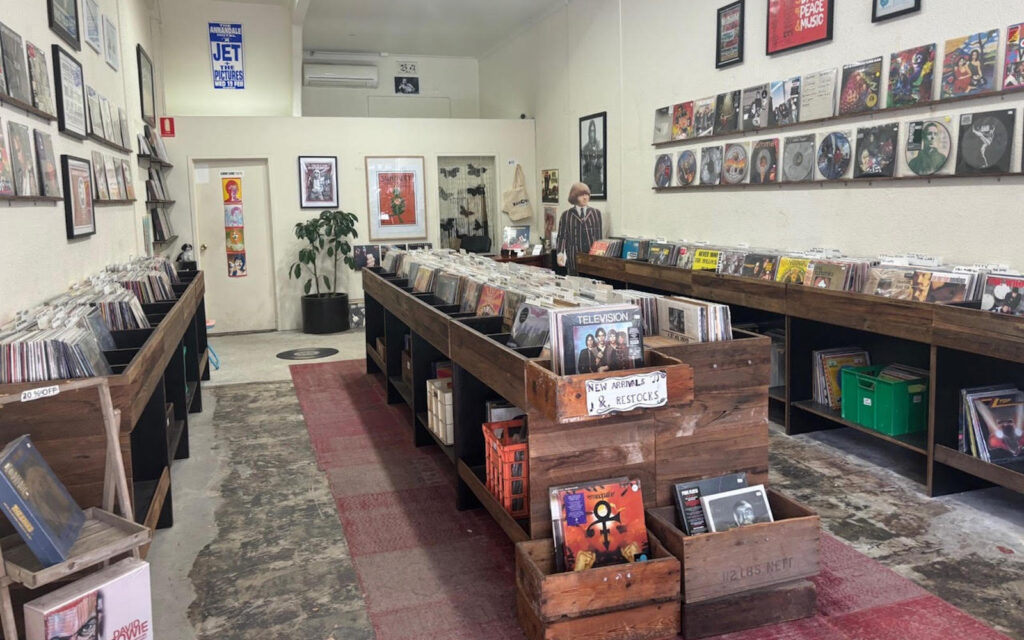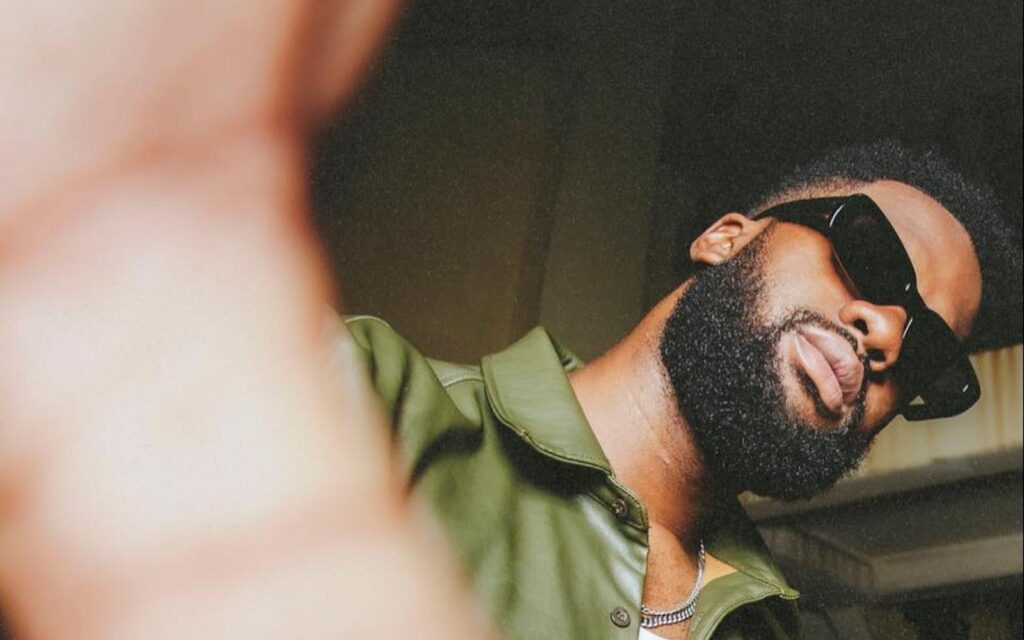Despite becoming indisputably influential over the last decade, Phillippe Solal casually dismisses any idea the group felt any pressure to meet expectations with their latest release Tango 3.0.
Few groups can claim credit for making a genre of music sexy again, but this is precisely what The Gotan Project – the collective name for French DJ and composer Phillippe Cohen Solal, Swiss programmer Christoph Muller and Argentinian guitarist Eduardo Makoroff – have achieved for tango. By mixing the Latin dance music with modern club beats (and, as things evolved, with other eclectic styles of music) the group have claimed for themselves a unique position at the crossroads of dance and world music, the traditional and the cutting-edge.
Despite becoming indisputably influential over the last decade, Phillippe Solal casually dismisses any idea the group felt any pressure to meet expectations with their latest release Tango 3.0.
“We don’t feel pressure from the outside,” the Frenchman says in precise (if heavily accented) English. “It’s more like self-pressurizing. And it’s not very heavy, because we think that the best way to do an album is the same way we’ve been doing them from the very beginning: 100% sincere, not trying to make a commercial hit, or please the market. When we started the band, I said to Eduardo: ‘Let’s just do the music that we love, and maybe other people will love it.’ Ten years later we’re still doing that.”
Solal speaks very matter-of-factly about his group’s significance in the music world. On the one hand, he isn’t pretentious enough to accept the claim, made by one critic, that The Gotan Project were ‘the first group to successfully bring the folkloric and the traditional into the electronic realm’, instead deferring that honor to some of his own heroes. “I don’t know about that,” Solal muses. “[Because] an album that was very inspirational to me, an album that may explain the sound of the Gotan Project, was one that Brian Eno and David Byrne made in 1980 called My Life In The Bush Of Ghosts. They brought elements from various traditions all over the world, and mixed it with electronics and sequencers. So I think they were the first."
Change the scope of the comment so that it concerns the fusing of traditional music with dance, however, and Phillippe is willing to accept the distinction. “In the dance music I would say… maybe we were the first,” he continues. “Because before, the projects that tried to mix dance music with other sounds from around the planet, were made without soul, without purpose. I don’t know if you remember Deep Forest, who mixed pygmy chants with cheesy dance music… It was pretty horrible. It didn’t bring anything to the pygmies or to dance music. I think we, at the Gotan Project, didn’t try to take something from tango for us… we tried to bring something to tango.
“We really wanted to show people that tango is really beautiful music; very emotional, of course, but very sexy and cool. When I first told my DJs and producer friends that I was doing something with tango, the response was very negative: ‘Oh, tango… it’s old music for old people. A corny, dusty old thing.’ And now…?” Phillippe chuckles, half to himself. “Who can say that now?”
Reflecting Gotan Project’s commitment to bring something new to tango, they have always eschewed the common practice of sampling old vinyl, instead composing and recording their own instrumental parts. “Even from the beginning of the Gotan Project, we didn’t sample much," Solal says. “We started in 1999; I remember having a conversation with Cristoph and Eduardo, observing that much of the past decades had been about recycling, and agreeing that the recycling process had to end with the 20th century. We want to create, rather than recycle."
According to Phillippe, a Gotan Project album is typically the product ofa quick, intuitive writing and recording phase, followed by an extensive and experimental production phase. “We really compose very quickly, so there’s no filter between our inspiration and the melody,” Solal explains. “I think all the best songs are made in a minute, in an instant… Musicians come to our studio to play our melodies, and then we ask them to improvise around a theme, like in Jazz. We do it very intuitively.”
“And after," Solal continues, "we edit it a lot. We treat it like a film process many ways; we deform, we change, we torture the sound, with effects and technology. It takes a long time. The last album (Lunatico) was composed in one month, then produced over eleven months."
Perhaps in keeping with the theme of championing supposedly ‘uncool’ forms of music, Phillippe’s last major work outside Gotan Project, The Moonshine Sessions, found him relocating to Nashville, Tennessee to record with some legendary bluegrass musicians. Solal acknowledges that a certain ‘Americana’ influence has, accordingly, found its way onto Tango 3.0 “It’s funny that you say that, because this (decision) was not consciously made,” Solal says. “My experience in Nashville, working with these bluegrass and country musicians, was very inspiring for me. And that may be why, when the three of us were in the studio together, I would pick up a guitar and play a riff, not thinking it was bluegrass, but at the end, people would say: ‘Oh, it sounds bluegrassy’.
“With Gotan Project, the territory is tango," Solal reiterates. “Dance meets tango. So don’t expect us tomorrow to do reggae, or something like this. Gotan is tango, and we will stay in that territory… But we will sometimes take the freedom to bring tango out of its territory. This time, we brought tango to North America. We brought tango to the Mississippi, to the blues, when we finished the track Tango Square with Dr. John. And after, we go a bit more North, to the American roots music from Tennessee. La Gloria is coming from kind of urban beats, from dirty bass… like grime, from south LA. You know, we try to bring tango out of its territory, because tango was born from a mix, and we just continue the mixing.”
Gotan Project’s live shows consist of Phillippe and Cristoph putting down the beats and samples, alongside a live orchestra and an accompanying presentation by visual artist Prisca Lobjoy. As for what to expect from this Multimedia presentation, Phillippe says that the very sexy cover artwork of Tango 3.0, by the same artist, provides a clue. “I really wanted that she show the more erotic side of tango,” Solal explains. “That’s why the (album) cover is this woman, naked, making the letters of ‘tango’ and ‘Gotan’. Everyone knows that tango is very sensual, but not everybody knows it is more than sensual… it’s really erotic. So I really wanted that in the way she expressed the visuals; the erotic side, the intimate, feminine side of tango, which is very far from the cliche of the macho thing.
“Somebody said recently, about our last show, that it was a ‘rare, mass intimacy.’ And that’s explained (it) very well. We do something very intimate, very emotional and personal, but for a big audience."
GOTAN PROJECT play The Forum on Wednesday December 8 (sold out) and Thursday December 9 – tickets from ticketmaster.com.au and 136 100. Tango 3.0 is out now through Remote Control.







